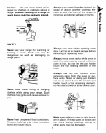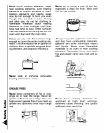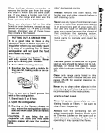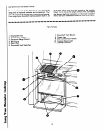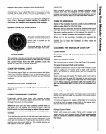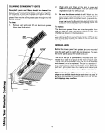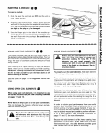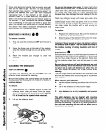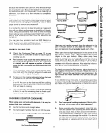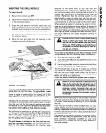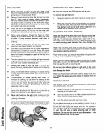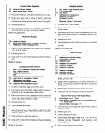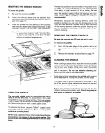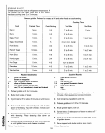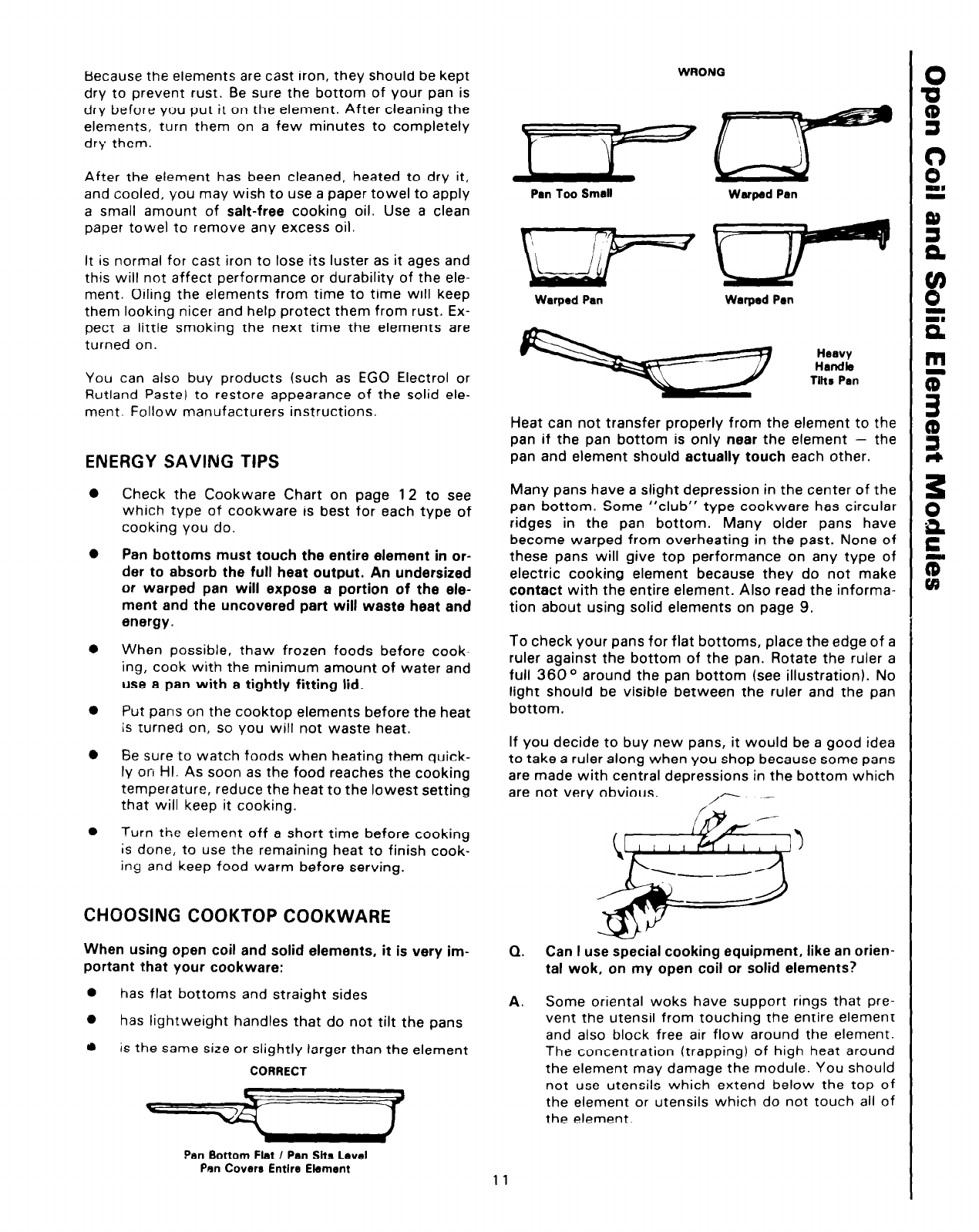
Because the elements are cast iron, they should be kept
dry to prevent rust. Be sure the bottom of your pan is
dry before you put it on the element. After cleaning the
elements, turn them on a few minutes to completely
dry them.
After the element has been cleaned, heated to dry it,
and cooled, you may wish to use a paper towel to apply
a small amount of salt-free cooking oil. Use a clean
paper towel to remove any excess oil.
It is normal for cast iron to lose its luster as it ages and
this will not affect performance or durability of the ele-
ment. Oiling the elements from time to time will keep
them looking nicer and help protect them from rust. Ex-
pect a little smoking the next time the elements are
turned on.
You can also buy products (such as EGO Electrol or
Rutland Paste) to restore appearance of the solid ele-
ment. Follow manufacturers instructions.
ENERGY SAVING TIPS
Check the Cookware Chart on page 12 to see
which type of cookware is best for each type of
cooking you do.
Pan bottoms must touch the entire element in or-
der to absorb the full heat output. An undersized
or warped pan will expose a portion of the ele-
ment and the uncovered part will waste heat and
energy.
When possible, thaw frozen foods before cook-
ing, cook with the minimum amount of water and
use a pan with a tightly fitting lid.
Put pans on the cooktop elements before the heat
is turned on, so you will not waste heat.
Be sure to watch foods when heating them quick-
ly on HI. As soon as the food reaches the cooking
temperature, reduce the heat to the lowest setting
that will keep it cooking.
Turn the element off a short time before cooking
is done, to use the remaining heat to finish cook-
ing and keep food warm before serving.
CHOOSING COOKTOP COOKWARE
When using open coil and solid elements, it is very im-
portant that your cookware:
0
has flat bottoms and straight sides
0
has lightweight handles that do not tilt the pans
a
is the same size or slightly larger than the element
CORRECT
Pan Bottom Flat / Pen Sits Level
Pnn Covers Entlre Element
WRONG
Pen Too Smell Warped Pen
Warped Pan
Warped Pen
Heat can not transfer properly from the element to the
pan if the pan bottom is only near the element - the
pan and element should actually touch each other.
Many pans have a slight depression in the center of the
pan bottom. Some “club” type cookware has circular
ridges in the pan bottom. Many older pans have
become warped from overheating in the past. None of
these pans will give top performance on any type of
electric cooking element because they do not make
contact with the entire element. Also read the informa-
tion about using solid elements on page 9.
To check your pans for flat bottoms, place the edge of a
ruler against the bottom of the pan. Rotate the ruler a
full 360° around the pan bottom (see illustration). No
light should be visible between the ruler and the pan
bottom.
If you decide to buy new pans, it would be a good idea
to take a ruler along when you shop because some pans
are made with central depressions in the bottom which
are not very obvious.
/----
0. Can I use special cooking equipment, like an orien-
tal wok, on my open coil or solid elements?
A.
Some oriental woks have support rings that pre-
vent the utensil from touching the entire element
and also block free air flow around the element.
The concentration (trapping) of high heat around
the element may damage the module. You should
not use utensils which extend below the top of
the element or utensils which do not touch all of
the element.
11



